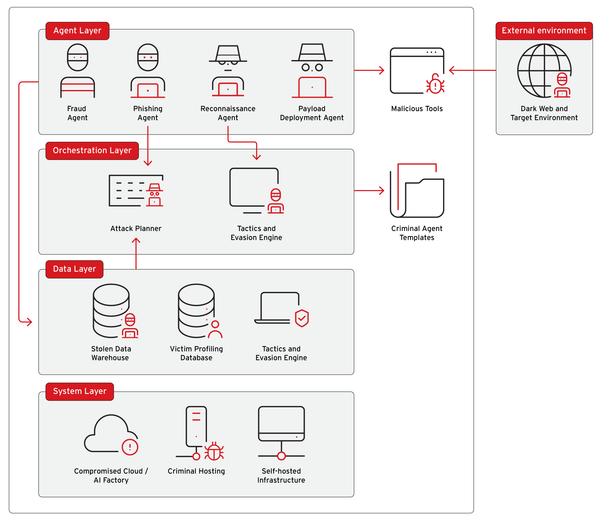New Zealand Scams 2025: The $2.3 Billion Crisis – When "She'll Be Right" Meets Organized Crime

Executive Summary
New Zealand, long known for its laid-back "she'll be right" attitude and trusted community spirit, faces a staggering fraud crisis that is draining NZ$2.3 billion ($1.4 billion USD) annually from the nation's economy—equivalent to 0.6% of GDP. With 90% of Kiwis targeted by scams in the past year and only one in ten falling victim, New Zealanders are becoming more scam-savvy. However, the sheer volume of fraud attempts, declining reporting rates (68% of scams go unreported), and sophisticated AI-enhanced attacks reveal a nation at a critical inflection point.
In July 2025, the government announced the New Zealand Anti-Scam Alliance, marking the first coordinated national response to a crisis that has evolved from isolated incidents into a systematic assault on the nation's financial infrastructure. As Commerce and Consumer Affairs Minister Scott Simpson acknowledged, "Up until this point, New Zealand's anti-scam efforts have developed in an ad-hoc way and suffered from a lack of coordination."
The Numbers: A Nation Under Siege
Direct Financial Impact
Total Annual Losses: NZ$2.3 billion ($1.4 billion USD) in 2024, up from NZ$2.1 billion in 2023
Official Banking Sector Losses (11 major institutions): NZ$198.4 million in reported transactions
Average Individual Loss: NZ$3,105 per victim
Recent Quarterly Losses (April-June 2025): NZ$5.7 million in direct financial losses from 1,315 reported incidents
Unreported Fraud Gap: 68% of scam attempts went unreported in 2024, down 9% from 2023—indicating massive underreporting
Victim Demographics
Population Exposure: 90% of New Zealanders targeted by scams in past 12 months (up 13% year-over-year)
Success Rate: 10% of targeted Kiwis fell victim to scams
Direct Impact: Nearly 18% of New Zealand's adult population affected by scams
Frequency: 62% encounter scam attempts at least monthly
Business Impact: 43% of businesses that fell for scams reported financial losses
The Scam Landscape: New Zealand's Unique Vulnerabilities
Top Scam Types by Financial Impact
1. Investment Scams (72% of Total Financial Losses)
New Zealand's investment scam epidemic represents the single largest financial drain on the economy, with fake cryptocurrency platforms, quick-profit schemes, and fraudulent financial advisors accounting for nearly three-quarters of all losses. The sophistication has escalated dramatically, with scammers creating entire fake investment platforms complete with professional websites, fake regulatory credentials, and AI-generated market analysis.
Modus Operandi:
- Fake cryptocurrency trading platforms with fabricated profit reports
- Ponzi schemes promising guaranteed returns
- Romance-to-investment pipeline (relationship building followed by investment pitches)
- Impersonation of legitimate financial institutions
- Use of stolen photos to create fake advisor profiles
Notable Case: In 2024, a Dunedin Ponzi scheme operator was convicted for "abhorrent" crimes that drained millions from victims, highlighting the persistent threat of investment fraud.





